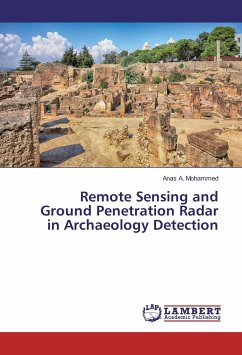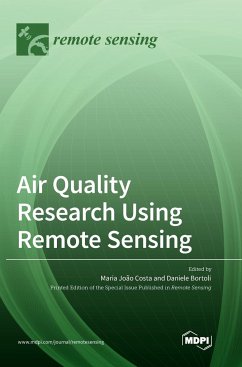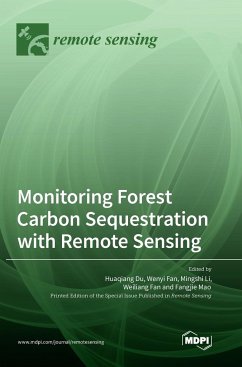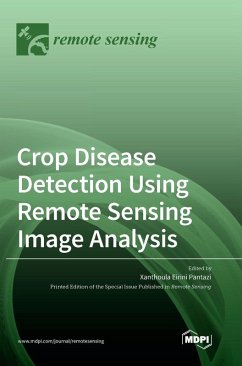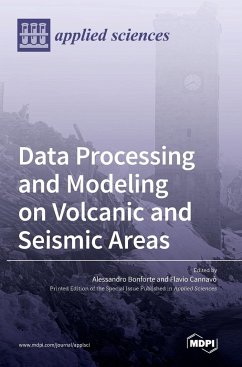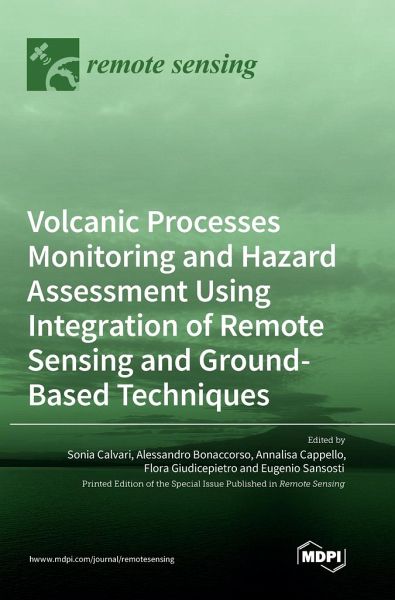
Volcanic Processes Monitoring and Hazard Assessment Using Integration of Remote Sensing and Ground-Based Techniques
Versandkostenfrei!
Versandfertig in 1-2 Wochen
88,99 €
inkl. MwSt.

PAYBACK Punkte
44 °P sammeln!
The monitoring of active volcanoes is a complex task based on multidisciplinary and integrated analyses that use ground, drones and satellite monitoring devices. Over time, and with the development of new technologies and increasing frequency of acquisition, the use of remote sensing to accomplish this important task has grown enormously. This is especially so with the use of drones and satellites for classifying eruptive events and detecting the opening of new vents, the spreading of lava flows on the surface or ash plumes in the atmosphere, the fallout of tephra on the ground, the intrusion ...
The monitoring of active volcanoes is a complex task based on multidisciplinary and integrated analyses that use ground, drones and satellite monitoring devices. Over time, and with the development of new technologies and increasing frequency of acquisition, the use of remote sensing to accomplish this important task has grown enormously. This is especially so with the use of drones and satellites for classifying eruptive events and detecting the opening of new vents, the spreading of lava flows on the surface or ash plumes in the atmosphere, the fallout of tephra on the ground, the intrusion of new magma within the volcano edifice, and the deformation preceding impending eruptions, and many other factors. The main challenge in using remote sensing techniques is to develop automated and reliable systems that may assist the decision maker in volcano monitoring, hazard assessment and risk reduction. The integration with ground-based techniques represents a valuable additional aspect that makes the proposed methods more robust and reinforces the results obtained. This collection of papers is focused on several active volcanoes, such as Stromboli, Etna, and Volcano in Italy; the Long Valley caldera and Kilauea volcano in the USA; and Cotopaxi in Ecuador.







